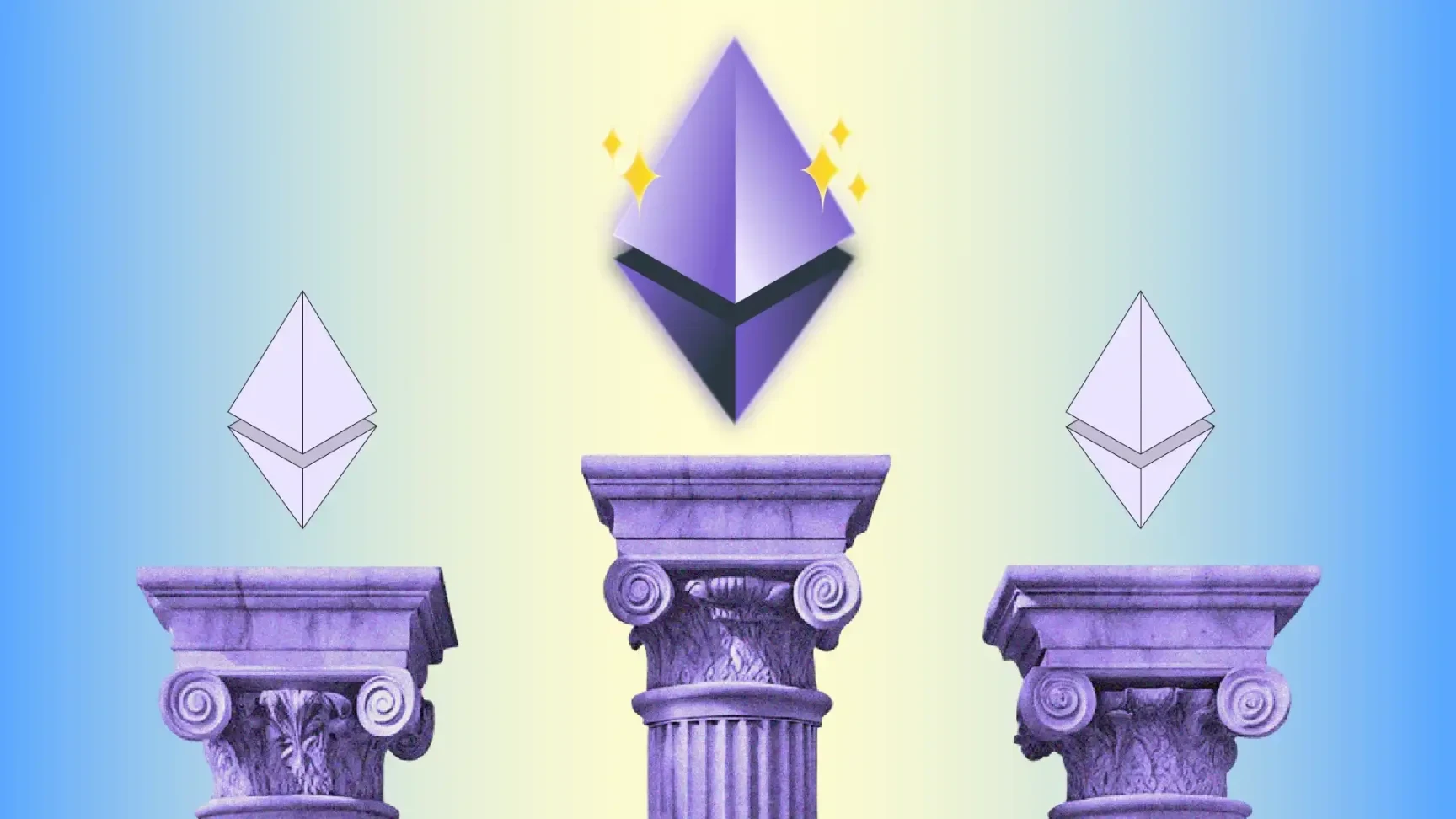Original author: Jason Nelson
Original translation by Luffy, Foresight News
summary
- Ethereum will undergo the Fusaka upgrade in December 2025, which will bring data scaling, DoS protection, and development tools.
- Peer Data Availability Sampling (PeerDAS) increases data block (blob) throughput by 8 times by "sampling data instead of storing complete data on full nodes".
- The new EIPs will set blob fees, limit block size, and add features such as pre-acknowledgment and P-256 signature support.
The next major upgrade to the Ethereum network is imminent. This upgrade, named Fusaka (short for Fulu-Osaka), is scheduled to launch in December 2025 and will make significant adjustments to both the execution and consensus layers of Ethereum.
The Fusaka upgrade is another milestone for Ethereum since the 2022 merger. The Shapela upgrade in 2023 introduced staking ETH for withdrawal; the Dencun upgrade in 2024 introduced prototype Danksharding technology and blobs; and the Pectra upgrade in 2025 improved validator flexibility and Layer 2 interoperability.
According to the roadmap, the Fusaka upgrade aims to expand data capacity, enhance resistance to DoS attacks, and introduce new tools for developers and users.
This upgrade has far-reaching implications. Fusaka is not a minor patch; it redesigns Ethereum's data availability management, blob pricing, and transaction protection mechanisms. Its success will depend on Ethereum's ability to scale to meet the growing demands of Layer 2 networks without causing network splits or excessively burdening node operators.

PeerDAS: Sampling, rather than storing, all data
The core feature of the Fusaka upgrade is PeerDAS, a new way of handling blobs.
In Ethereum, a blob is a temporary data packet introduced with the prototype Danksharding technology in the Dencun upgrade. It allows rollups to submit large amounts of transaction data to the mainnet at low cost, thereby improving scalability without permanently increasing the blockchain state.
This ensures redundancy, but it can also create bottlenecks as demand grows. In the current model, every full node in Ethereum must store all Layer 2 network blobs committed to the chain.
PeerDAS changes this logic. Each node only needs to store a portion of the blob (approximately one-eighth) and relies on cryptographic reconstruction techniques to fill in the missing data fragments. This design verifies data availability through random sampling with an extremely low error probability of only one in 10²⁰ to 10²⁴.
Through this distributed storage method, Ethereum can theoretically increase blob throughput by 8 times without requiring node operators to upgrade hardware or bandwidth. Rollups, which rely on blobs to publish compressed transaction data, are expected to be the most direct beneficiaries.
blob's economy and flexibility
The Fusaka upgrade also reshaped the pricing and management mechanisms for blobs.
A key change is EIP-7918, which introduces a minimum reserve fee for blobs. Under the current rules, when execution layer gas fees dominate, blob prices can drop to near zero, leading to inefficient usage. The minimum reserve fee ensures that there is always a baseline cost for blob usage, forcing Layer 2 to pay for the storage and bandwidth it consumes.
Another mechanism is EIP-7892, which introduces a fork that only adjusts blob parameters. This allows Ethereum clients to adjust blob throughput without a full hard fork, aiming to give developers the flexibility to respond to unpredictable Layer 2 demands without waiting for the next planned upgrade.

Strengthen attack and defense
Scaling up also means expanding Ethereum's attack surface. The Fusaka upgrade includes a series of adjustments to limit extreme scenarios and protect the network from DoS attacks:
- EIP-7823: Limits the input size of MODEXP operations to 8192 bits;
- EIP-7825: Sets the maximum gas consumption per transaction to 2²⁴ units;
- EIP-7883: Improves gas costs for large indices in MODEXP to better match computational workload.
- EIP-7934: Limits the execution layer block size to 10MB.
These adjustments collectively reduce the risk of client overload, propagation stagnation, or network instability caused by extreme transactions or very large blocks.
New tools for users and developers
The Fusaka upgrade also focuses on improving ease of use.
For users, EIP-7917 introduces pre-confirmation support. This allows wallets and applications to preview the validator proposal schedule, enabling users to lock in the certainty that their transactions will be included in subsequent blocks, thereby reducing latency and uncertainty regarding transaction confirmation.
For developers, the Fusaka upgrade adds two important new features:
- CLZ opcode is suitable for cryptographic algorithms and contract optimization.
- EIP-7951 provides native secp256r1 (P-256) signature verification. This is an elliptic curve signature commonly used in hardware devices and mobile systems, and its inclusion will improve compatibility and account abstraction capabilities.
These adjustments aim to lower the barrier to entry for application developers and pave the way for new wallet designs and security models.
ETH Holders Should Know
For ordinary Ethereum users, no action is required for the Fusaka upgrade. Account balances, tokens, and applications will function normally. The official Ethereum website emphasizes that users should be wary of scams requesting ETH upgrades or transfers; such actions are not required for the upgrade.
The primary responsibility falls on the validators and node operators, who must synchronously upgrade both the execution and consensus layer clients. Coordination is crucial: if validators are out of sync, the network may face downtime or temporary forks.
Following a series of successful testnet activations, the Fusaka upgrade is scheduled to launch on the Ethereum mainnet on December 3, 2025.
Fusaka's upgraded Ethereum future
The Fusaka upgrade is one of the boldest moves on Ethereum's roadmap since the merger. It attempts to achieve three major goals simultaneously—increased blob capacity, enhanced defenses, and updated developer tools—through a single coordinated release.
Testing and development are underway, with the client team focusing on PeerDAS performance, blob pricing models, and compatibility between the execution and consensus layer software. If the upgrade is successful, Fusaka is expected to be a turning point for Ethereum in preparing for the next wave of Layer 2 network adoption and enhancing its scalability.
- 核心观点:以太坊2025年Fusaka升级将大幅扩容。
- 关键要素:
- PeerDAS技术提升数据吞吐量8倍。
- EIP-7918设定blob最低费用机制。
- 新增预确认和P-256签名支持。
- 市场影响:显著提升Layer2性能与网络安全性。
- 时效性标注:长期影响



